Spontaneous Dump near the City of Orlovka, Kemin District
75°36’43.002″E 42°44’18.462″N
It is no secret that in Kyrgyzstan, the problem of waste disposal and processing has been poorly addressed for many decades. Many landfills form spontaneously and begin to operate on their own. Recently, activists discovered yet another large dump near the city of Orlovka in the Kemin district.
According to experts, a spontaneous landfill is a serious source of environmental pollution. In the depths of the garbage pile, decomposition processes occur, involving anaerobic bacteria. As a result of this process, toxic biological gas is released, one of the components of which is methane.
Deep contamination of the soil occurs, foul air is carried by the wind over long distances, and if groundwater is located beneath the landfill, it becomes almost poisoned by toxins. Thus, nearby water bodies are toxic and dangerous for humans. The soil remains unsuitable for use for several hundred years after the landfill is closed.
The size of spontaneous landfills is increasing at a catastrophic rate. They consume fertile land, lead to the destruction of local flora and fauna, expand towards nearby settlements, and poison people.
It is no secret that in Kyrgyzstan, the problem of waste disposal and processing has been poorly addressed for many decades. Many landfills form spontaneously and begin to operate on their own. Recently, activists discovered yet another large dump near the city of Orlovka in the Kemin district.
According to experts, a spontaneous landfill is a serious source of environmental pollution. In the depths of the garbage pile, decomposition processes occur, involving anaerobic bacteria. As a result of this process, toxic biological gas is released, one of the components of which is methane.
Deep contamination of the soil occurs, foul air is carried by the wind over long distances, and if groundwater is located beneath the landfill, it becomes almost poisoned by toxins. Thus, nearby water bodies are toxic and dangerous for humans. The soil remains unsuitable for use for several hundred years after the landfill is closed.
The size of spontaneous landfills is increasing at a catastrophic rate. They consume fertile land, lead to the destruction of local flora and fauna, expand towards nearby settlements, and poison people.

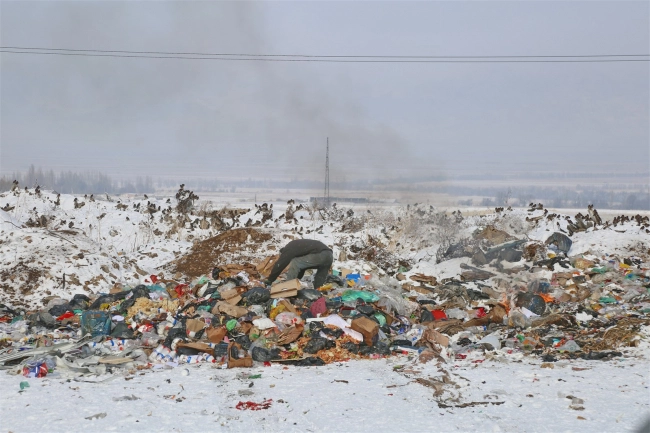
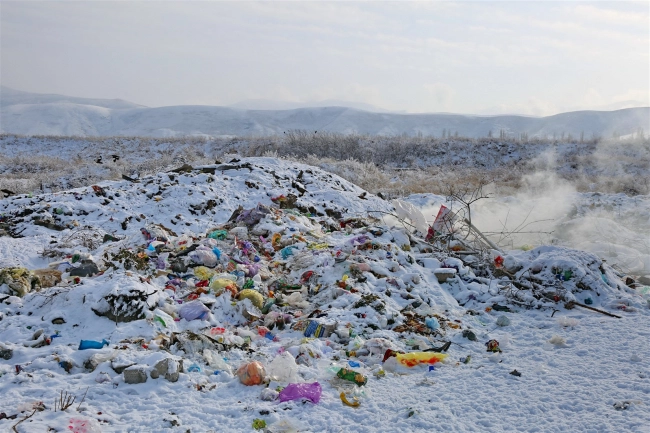
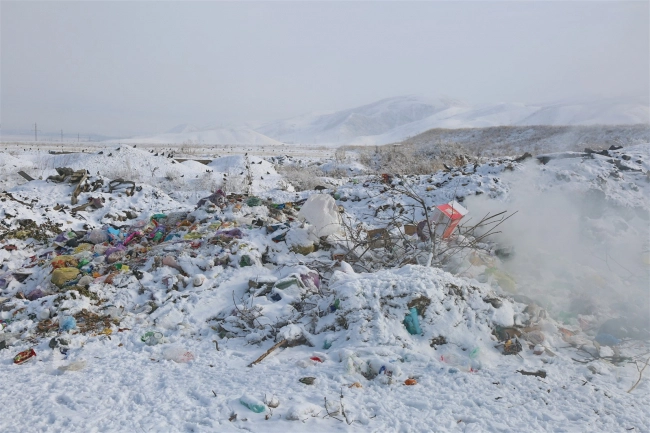
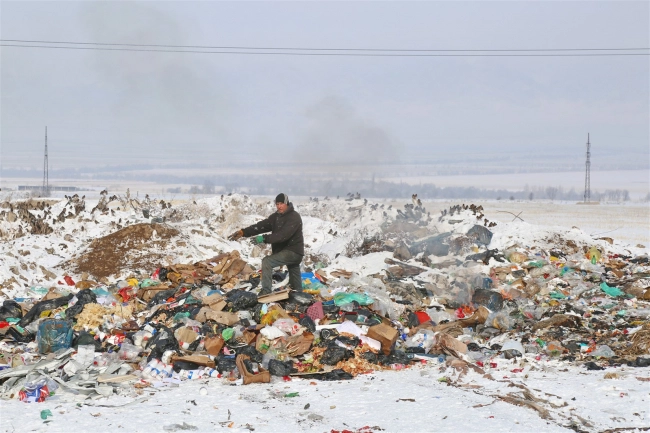
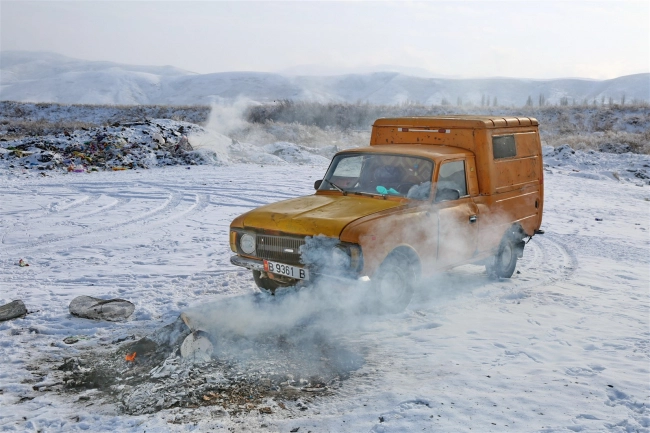
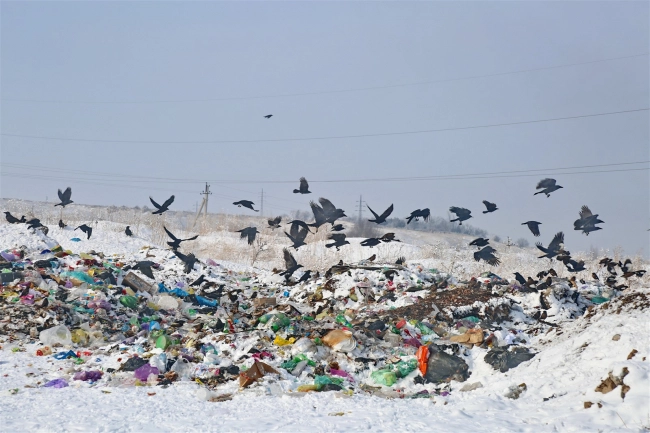
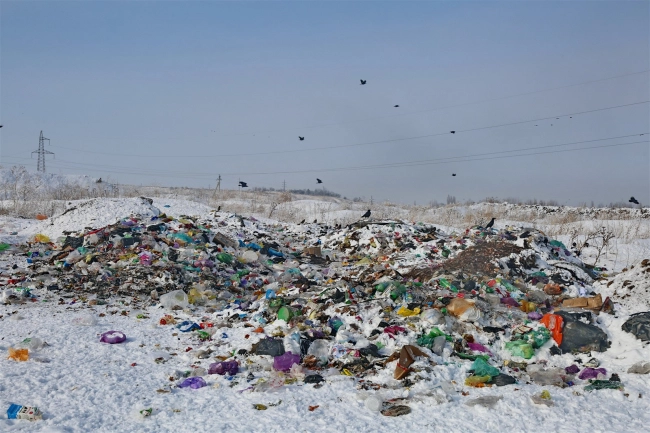
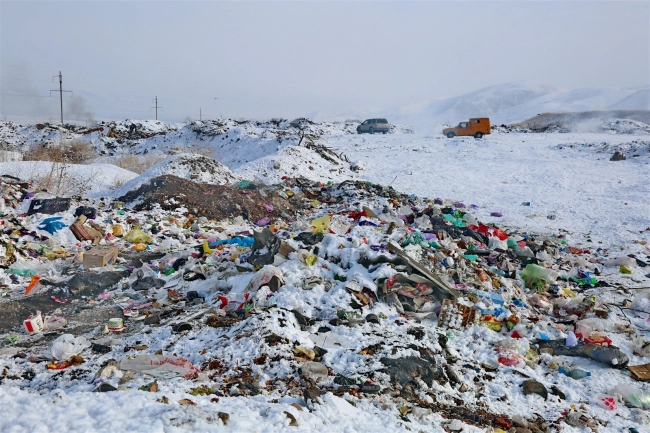
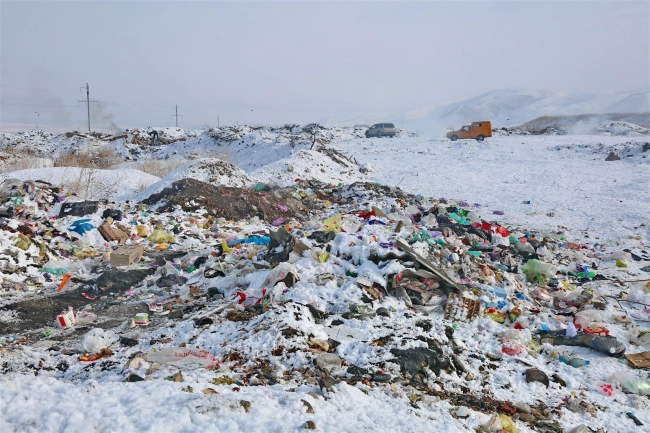
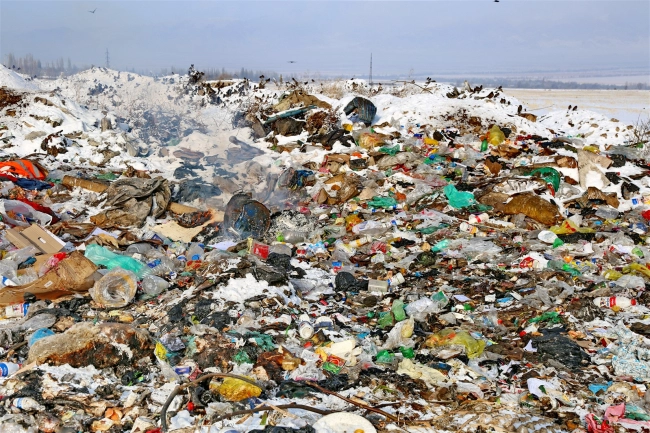
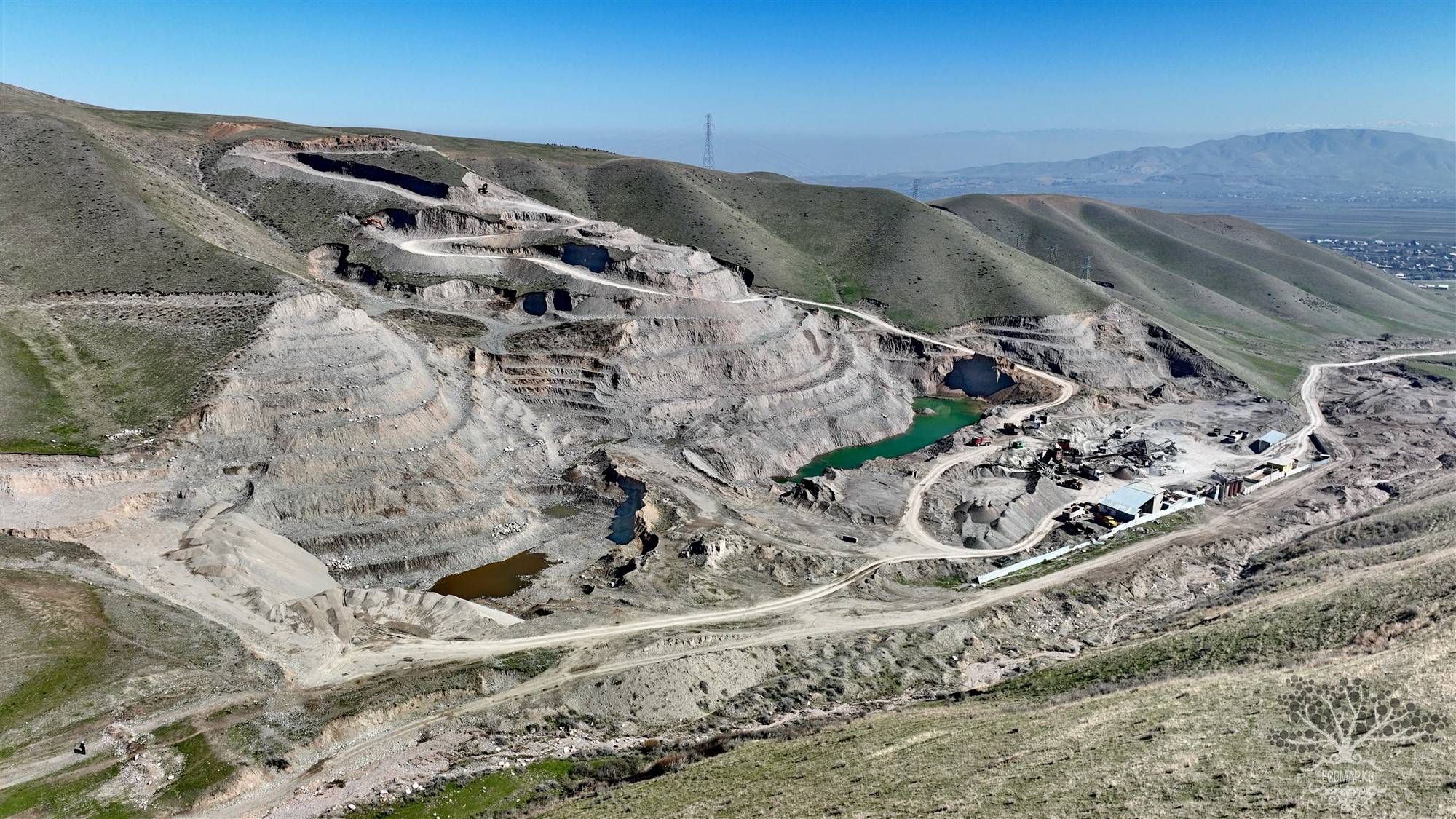
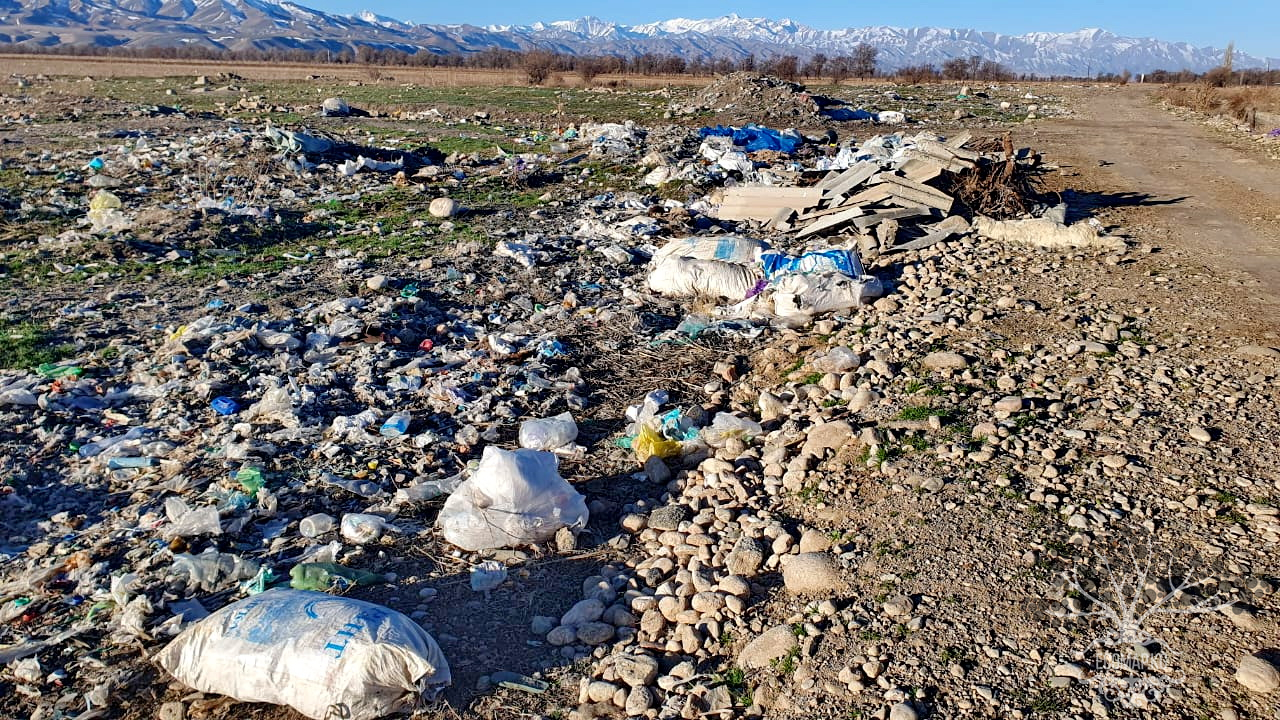
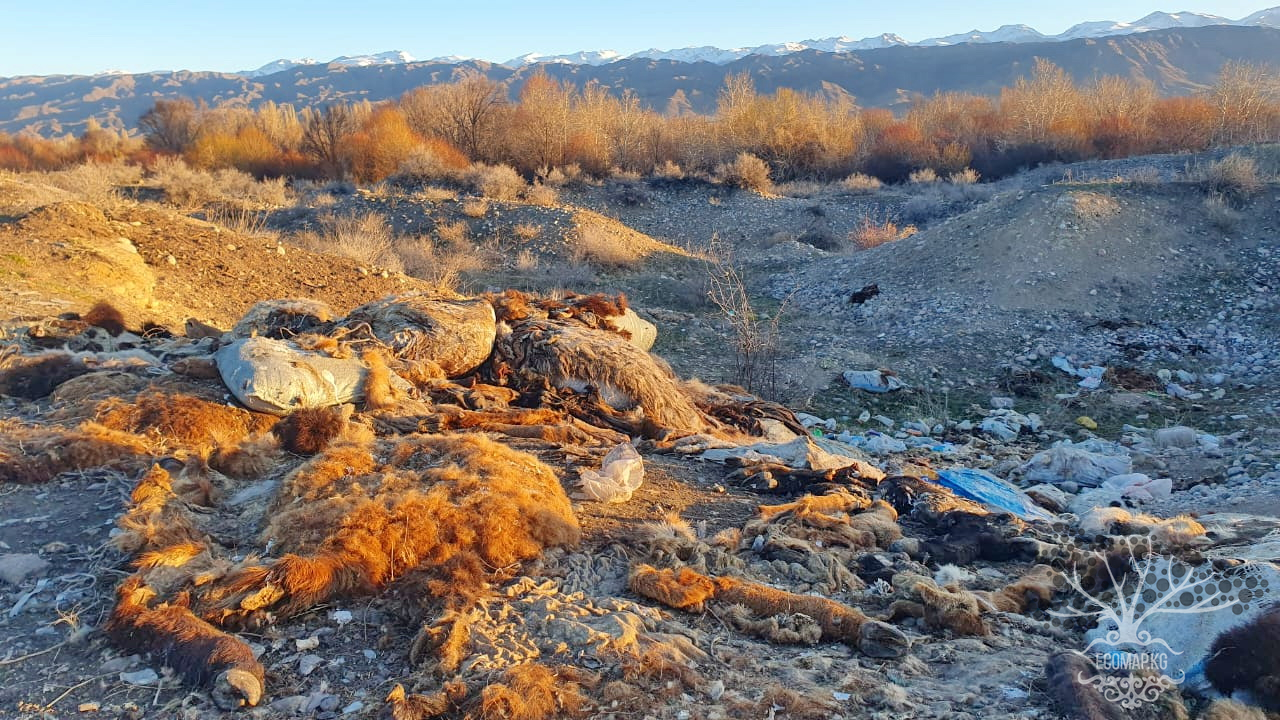



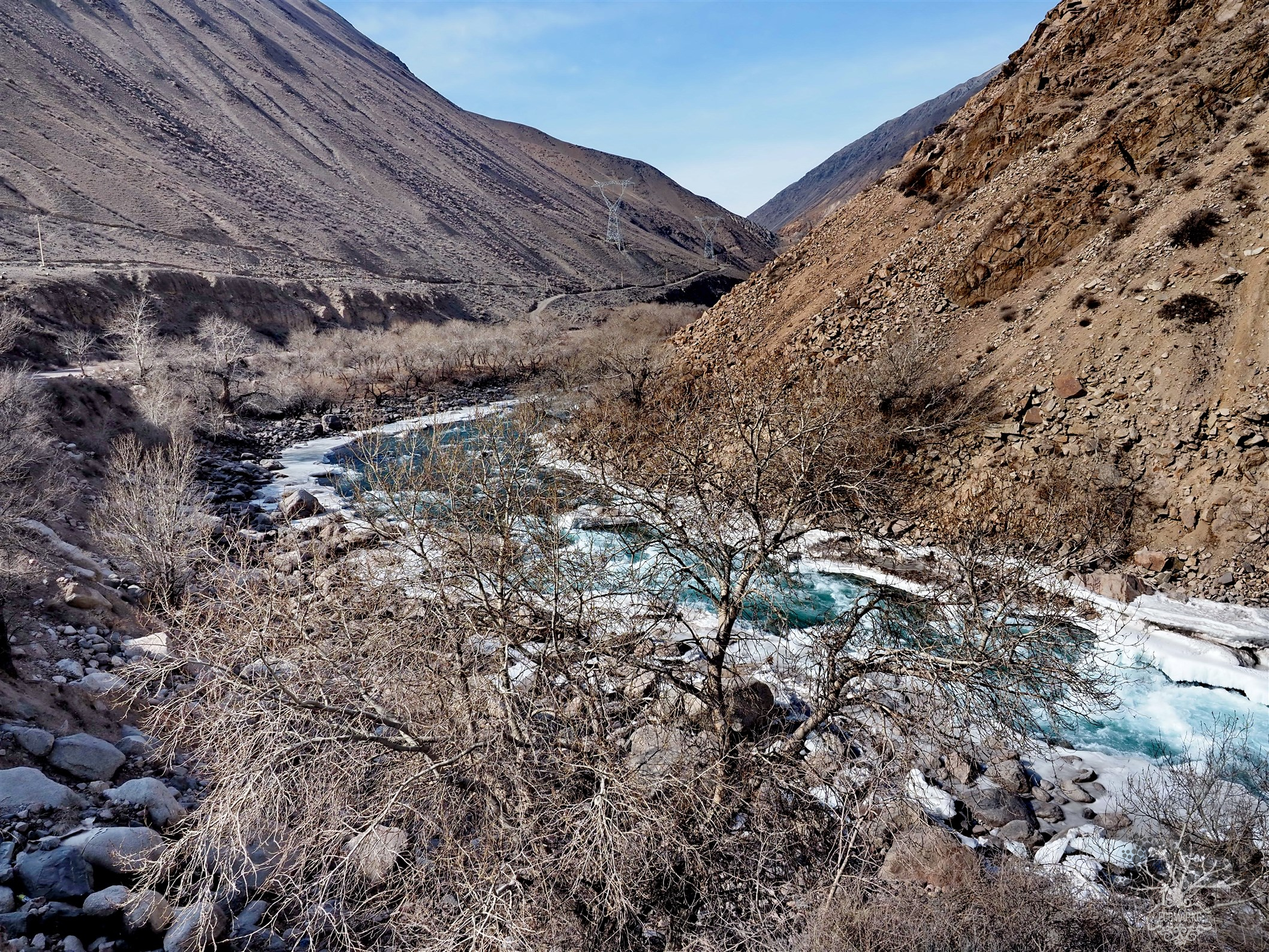
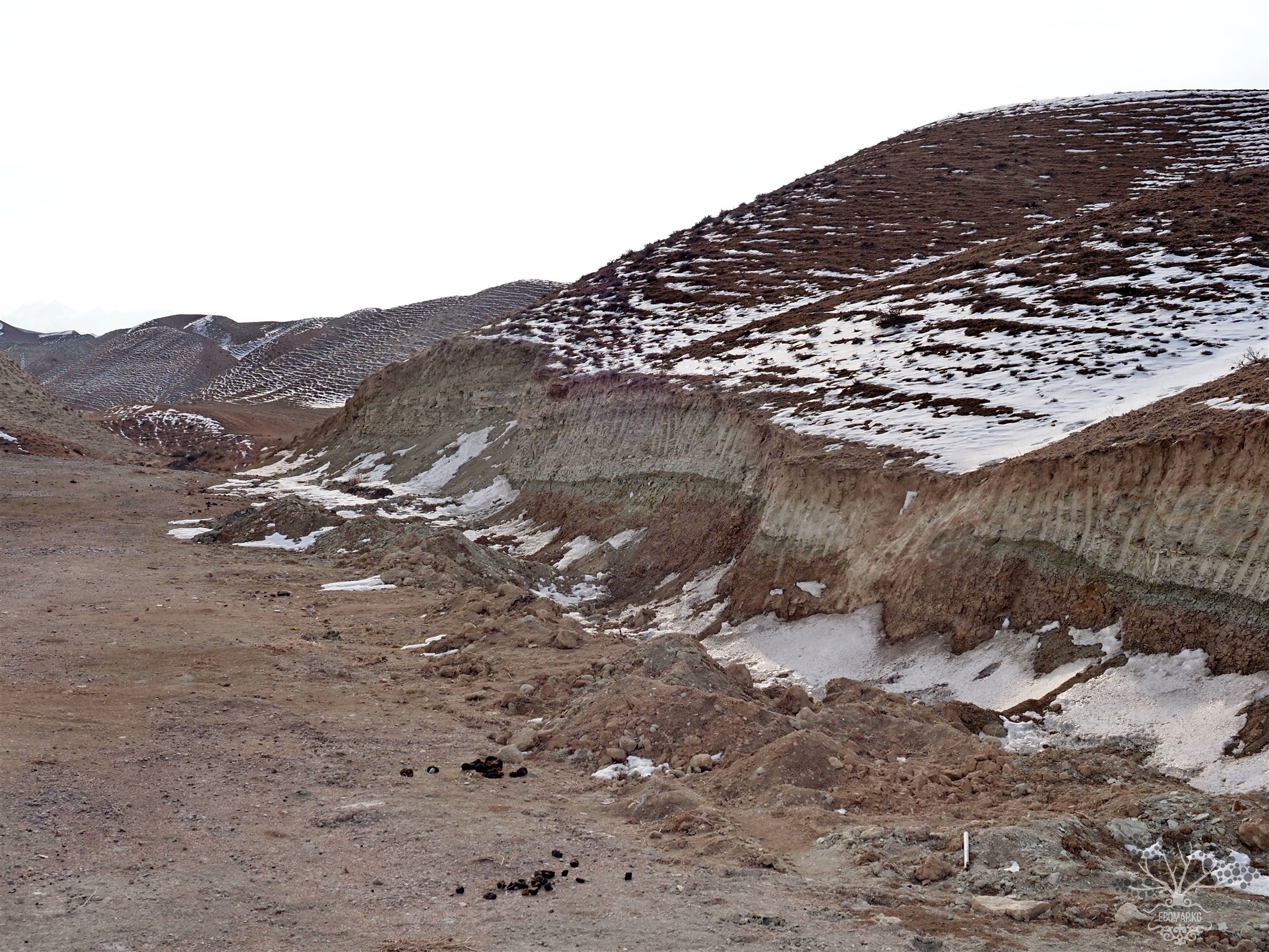
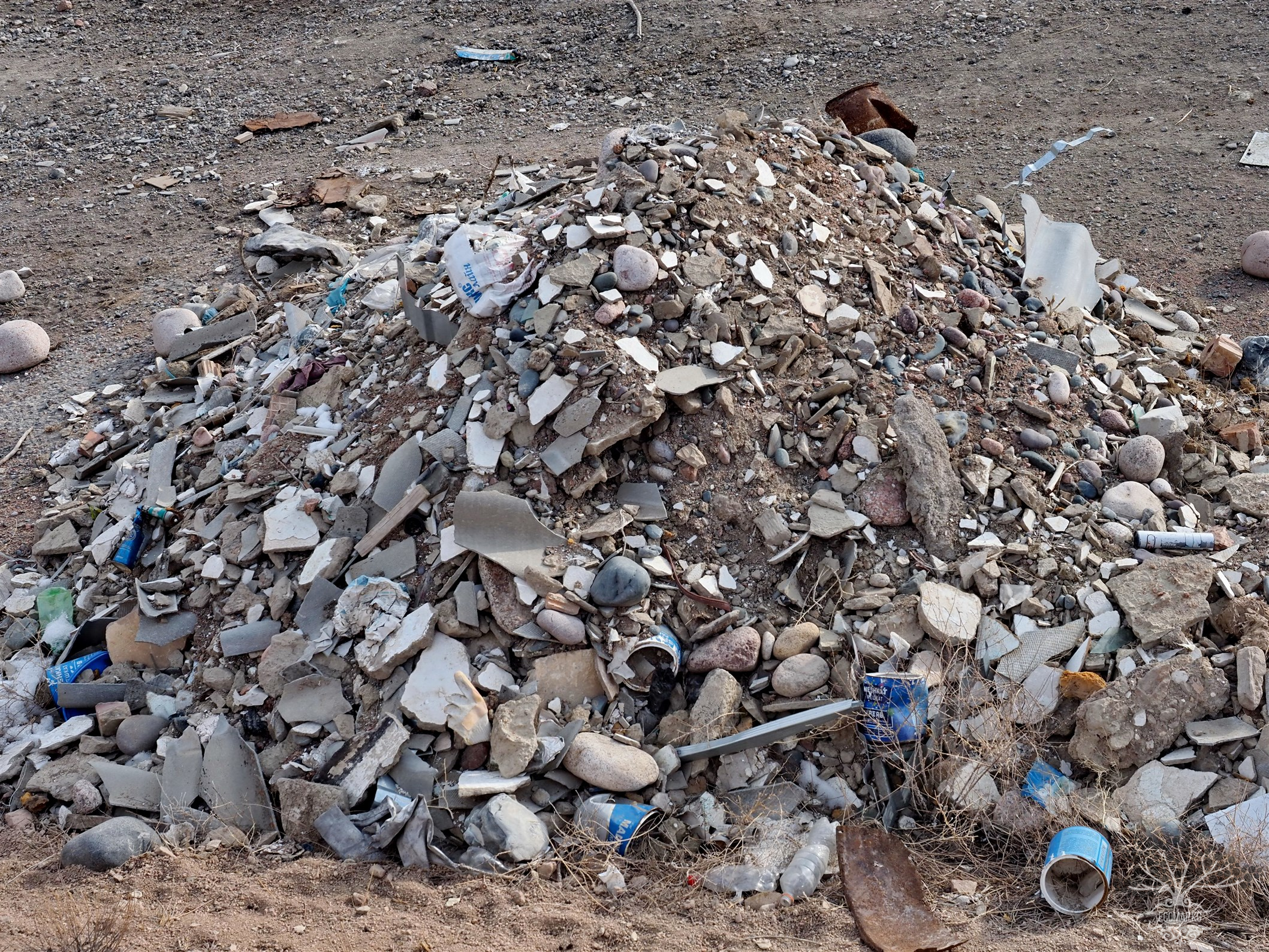
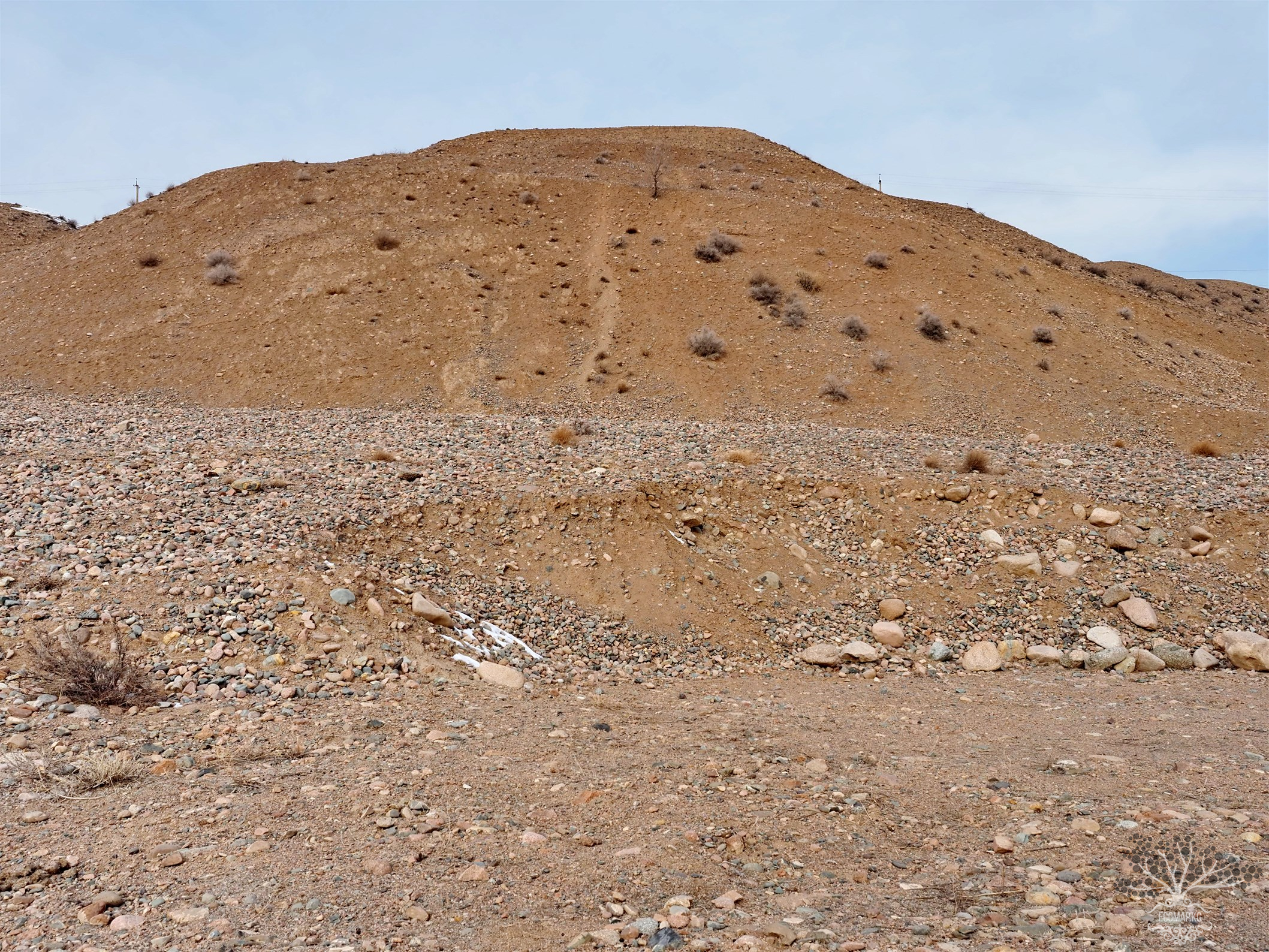


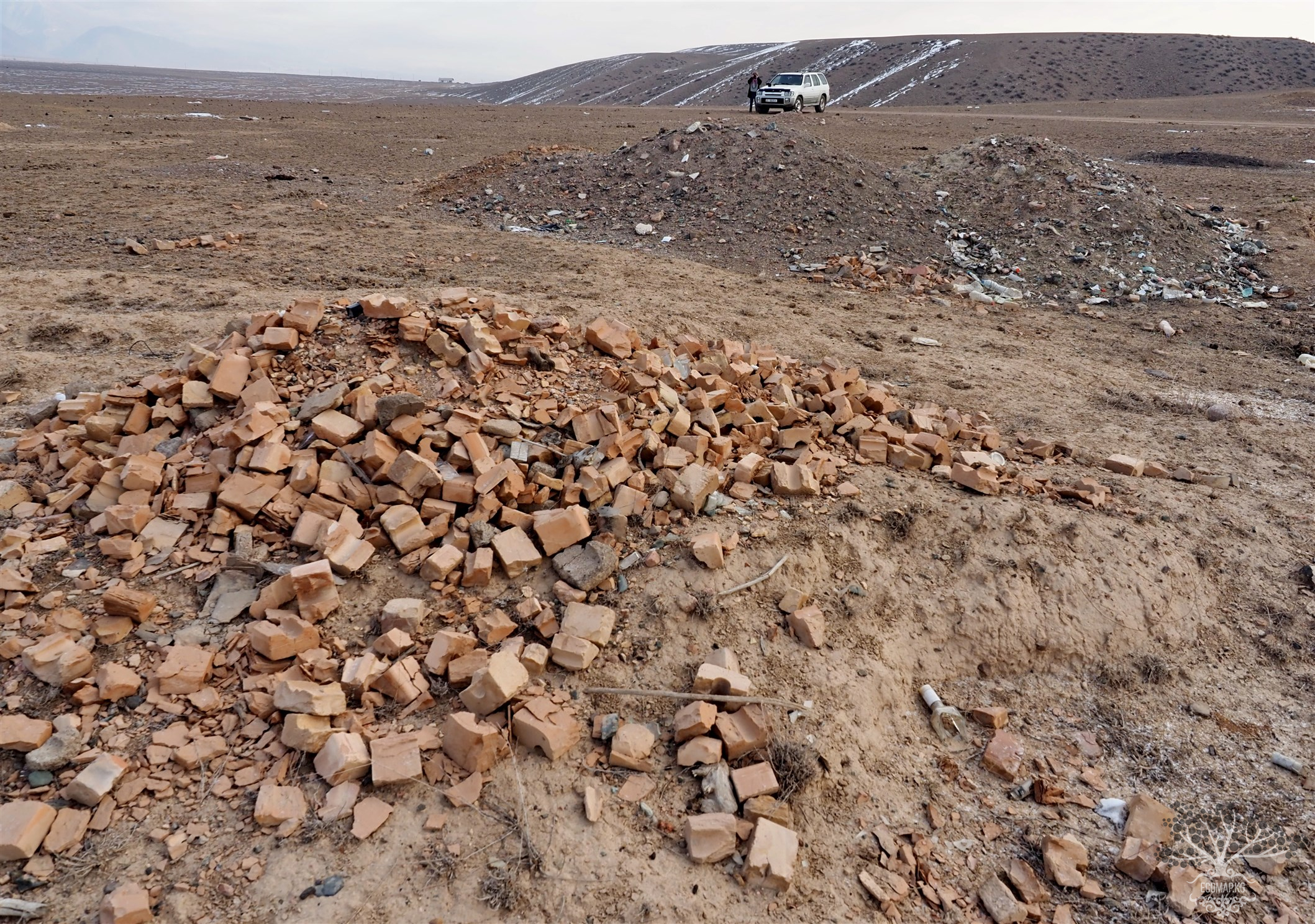
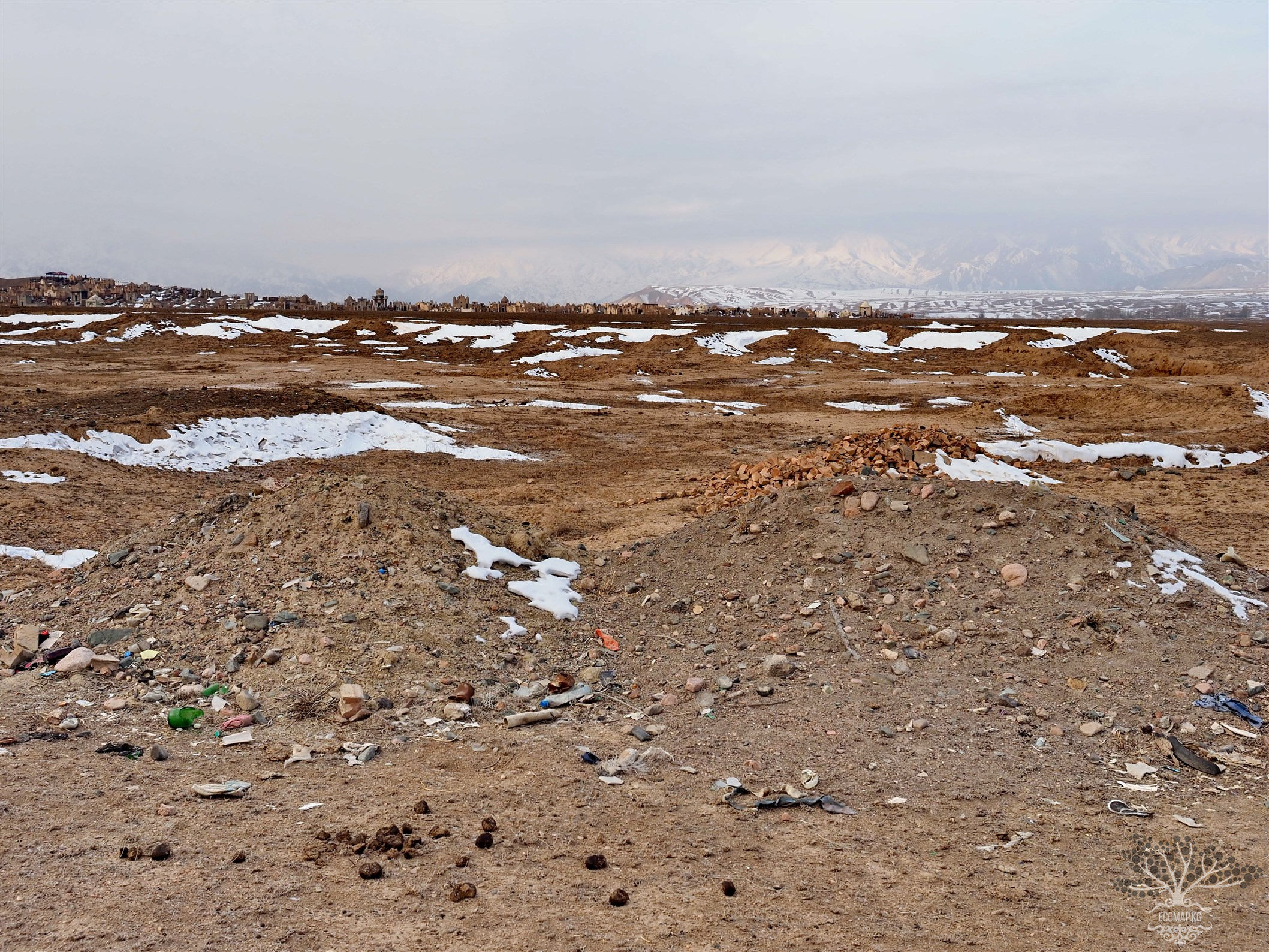

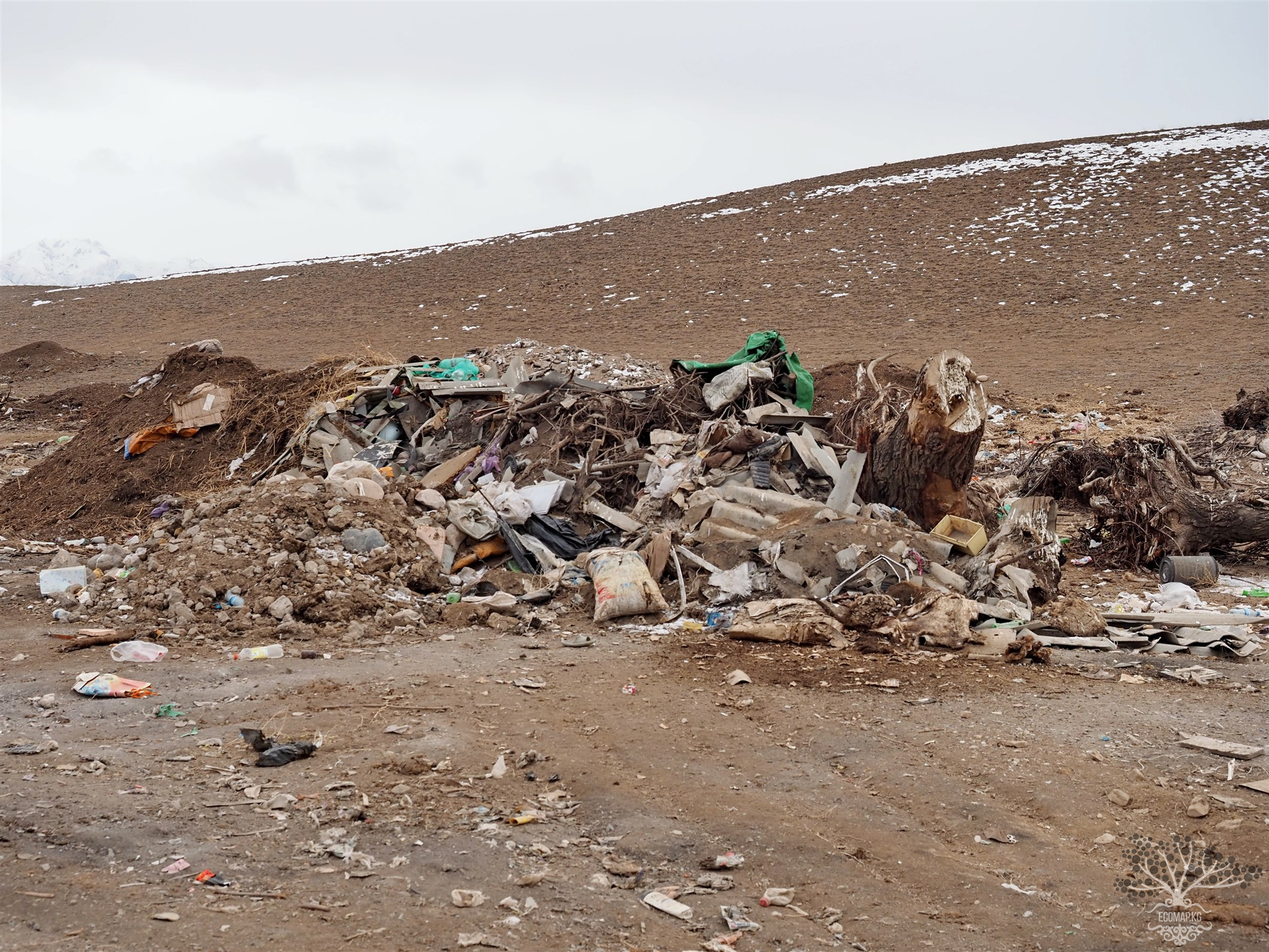
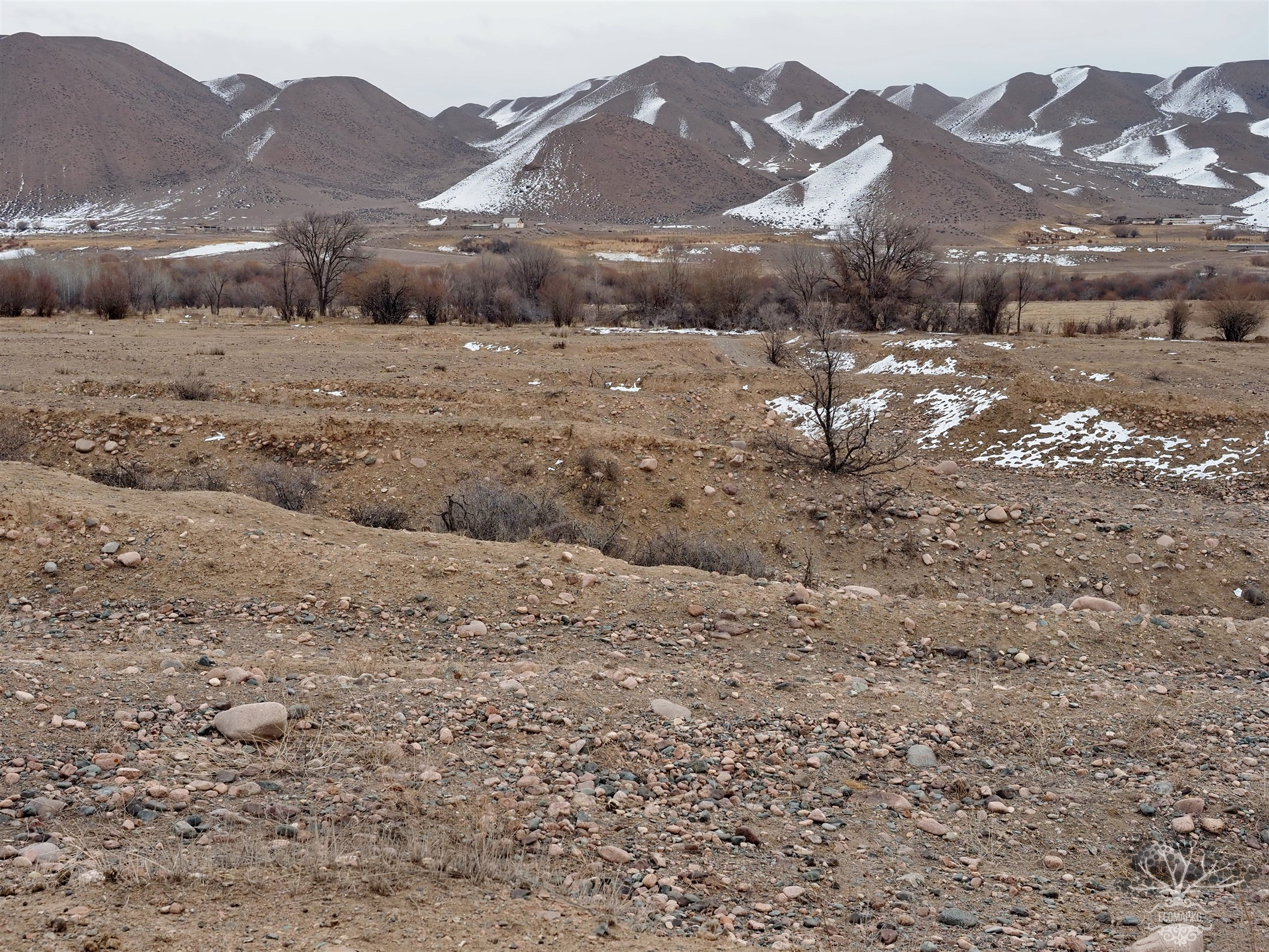
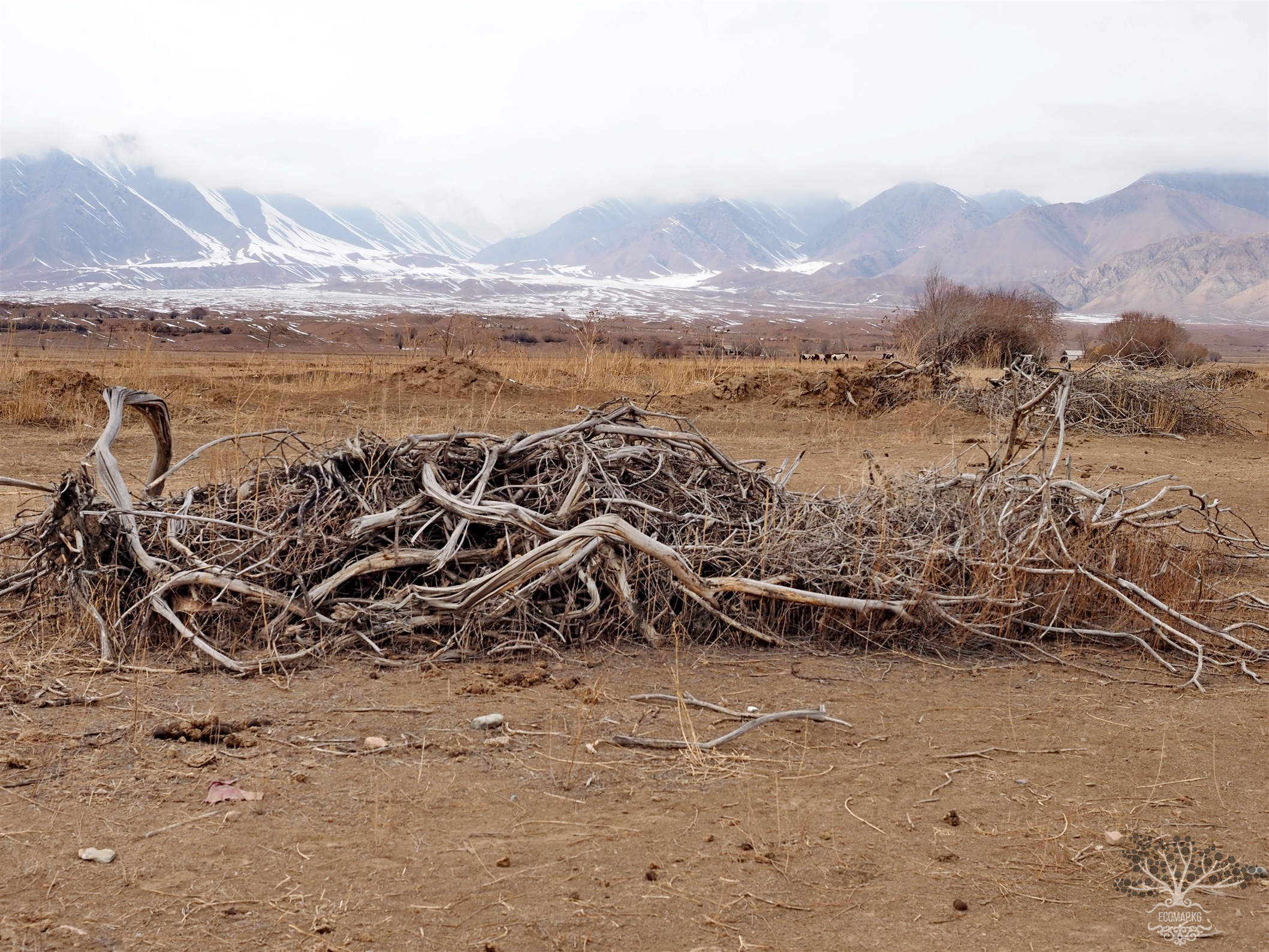
Attention: Information based on submitted complaints